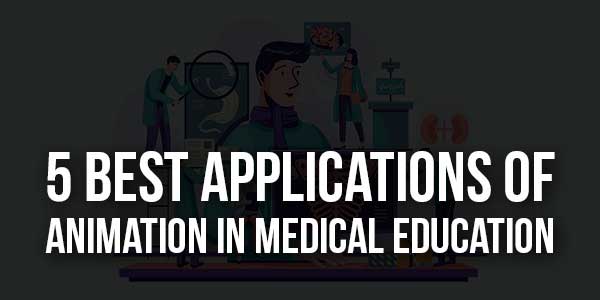
Table of Contents
What Is Medical Animation?
Medical animation is a short instructional video that uses art and motion to teach difficult medical concepts. Medical animation is frequently utilized as a tool for professional development and patient education. Patient education, medication mechanism of action, surgical planning and training, cellular and molecular investigations, and more are all areas where animations are being enhanced in the medical sector. With the growth of newer-generation healthcare firms, there is a demand for information to be presented in a visually appealing and useful manner.
How Animations Are Useful In Medical Field:
Our brain functions primarily as an image processor. It has the ability to memorize visual experiences without you even realizing it. For example, you can remember a life event such as your first kiss at prom without even trying. Nonetheless, no matter how much work you put into learning, things like texts and words learned in school might be lost.
Furthermore, our brains have a considerably harder time remembering and retrieving text information since it is far more complex and abstract. It’s evident that seeing a movie or seeing an illustration of how a machine works is far easier to recall than reading about it. In the classroom, audiovisual materials may aid in information retrieval and learning time reduction. People remember 70% of what they see, compared to 20% who remember what they read and 10% who remember what they hear.
By comparing animated materials to static resources, an online experiment was undertaken to assess the effectiveness of animations on persons with various degrees of health literacy. Regardless of the audience’s health literacy, the study reveals that spoken animation is the best approach to deliver difficult information. Animations in every field even it is medical or any other field help people to get anything easily and rapidly. Here are some useful effects of animation in medical and other fields:
It’s Appropriate For A Wide Spectrum Of Viewers:
The narrated animations assist learners with a high level of health literacy in understanding their condition. This aids people with low health literacy just as much as it aids people with higher health literacy in recalling information. As a result, animations can help with professional development as well as patient education and public awareness.
It works for people who have little or no medical knowledge, or who have difficulty understanding medical words and problems. Of course, animations alone aren’t enough. They must be accompanied by an audio and written narrative.
Educational Materials That Are Diverse:
The use of animation provides clear explanations of difficult-to-understand facts. It also allows for the development of medical figures, such as heroes and villains in the form of viruses… For innovative instructional courses, to make learning interesting and pleasurable.
Provide A More Comprehensive Knowledge:
Medical knowledge that comprises a lot of complicated information is now easier to grasp thanks to thorough graphic explanations. Our education system does not provide us with any special kind of knowledge due to this reason most students prefer to study online even most of the students also take help from any services which help them to complete their assignments. They don’t only complete your assignment but can also help you to learn it in an easy way.
Enhance Engagement:
People are more likely to stick to knowledge that they can grasp rather than material that is difficult to comprehend. As a result, individuals are more likely to search for easily understood information to learn.
Patient Education And Public Awareness:
Patients, in addition to physicians, require medical animation in order to fully comprehend their health problems. When it comes to explaining sophisticated medical ideas to persons with little health literacy, even experienced doctors find it difficult.
Visualize In Rich Detail Unseen Able Objects And Information:
Medical studies contain a wealth of information, many of which are related to things that cannot be seen with the naked eye or are too complex to be explained in words. Take, for example, cells and molecules. The majority of them can only be seen under a microscope. As a result, researchers may use Cellular and Molecular Animation to make medical investigations easier and more expressive. This may be utilized in other disciplines as well, such as Medical Simulation for hands-on learning and Pharmaceutical Mechanism of Action (MOA) to show how a novel medication connects to cellular structures.
Deliver Complex Information In A Clear And Concise Manner:
Interns need a long time to master tasks that demand extreme accuracy and meticulous attention to detail, such as surgery. Surgical Training and Planning, on the other hand, uses animations to cut down on the amount of time students spend reading bulky textbooks.
The finest feature of animated videos, especially 3D animations, is that they can convey complex information in depth. 3D animations accurately depict medical processes, even those that cannot be seen with the human eye. Accuracy is a critical component of medical education since it directly affects people’s lives.

How Many Different Styles Of Animation Are There For Medical Education?
Interactive Technology:
Such as 3D Interactive FX and Virtual Reality, as well as Argumentative Reality and Mixed Reality, is a multibillion-dollar business with cutting-edge medical visualization developments that give more realistic and dimensionally exploratory approaches.
Medical Teaching Using 2d Animation:
When it comes to engagement and retention, this is a superior learning resource to textbooks. In terms of cost, it is likewise a more cost-effective option than 3D movies. The procedure is depicted in a less realistic way in the 2D animation. It may, however, provide learners with an exciting multi-sensory learning experience as well as medical teaching using 3D animation.
Medical Education Using 3d Animation:
This is a must-have tool for visualizing complex subjects that require precise details, such as surgical training. The main disadvantage of 3D animations is that they take a lot of time and money to produce. If done by a competent medical animation company, a minute of 3D animation might cost thousands of dollars.
Animation Softwares For Medical Education:
We know there are many software’s through which we can create animation for our education but not all of these could be used in medical education because medical education has different types and very complicated animation structures which can be done only on specific software which is:
1.) 3ds Max:
3Ds Max is one the best software which can be used for animations in medical education. It is also one of the best games and architectural modelling. It is a polygon, subdivision surface and some spline-based modelling present through which we can create any type of animation.
2.) Rhino:
Rhino is a 3D modelling program that uses NURBS and polygons. It’s designed for prototyping and manufacturing.
3.) Blender:
Blender is a free and open-source 3D modelling program. Through this platform, we can create animations motion tracking, video editing, game production and many others functions. Advanced users utilize Blender’s Python scripting API to tweak the application and create specialized tools, which are frequently included in subsequent Blender versions.
4.) Zbrush:
The most sophisticated 3D sculpting application available is ZBrush. ZBrush differs from other 3D tools in that it simulates classic sculpting processes, all of which is done digitally on a computer. Working with a digital ball of clay and moulding it as though it were real clay is similar to sculpting in ZBrush. The ZBrush sculpting tools give you a lot of creative freedom.
5.) After Effects:
Adobe After Effects is a digital visual effect, motion graphics, and compositing tool created by Adobe Systems that is used in the post-production of movies, video games, and television shows. After Effects may be used for keying, tracking, compositing, and animation, among other things.

 About the Author:
About the Author: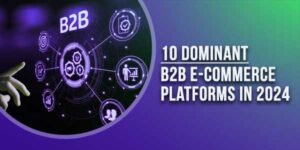

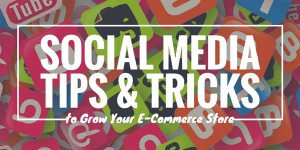





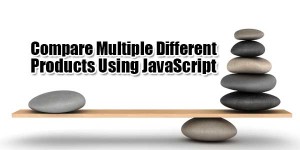



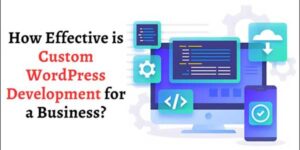




I used the above mentioned tools but unfortunately I didn’t like this. These tools are not my type.
Welcome here and thanks for reading our article and sharing your view. This will be very helpful to us to let us motivate to provide you with more awesome and valuable content from a different mind. Thanks again.